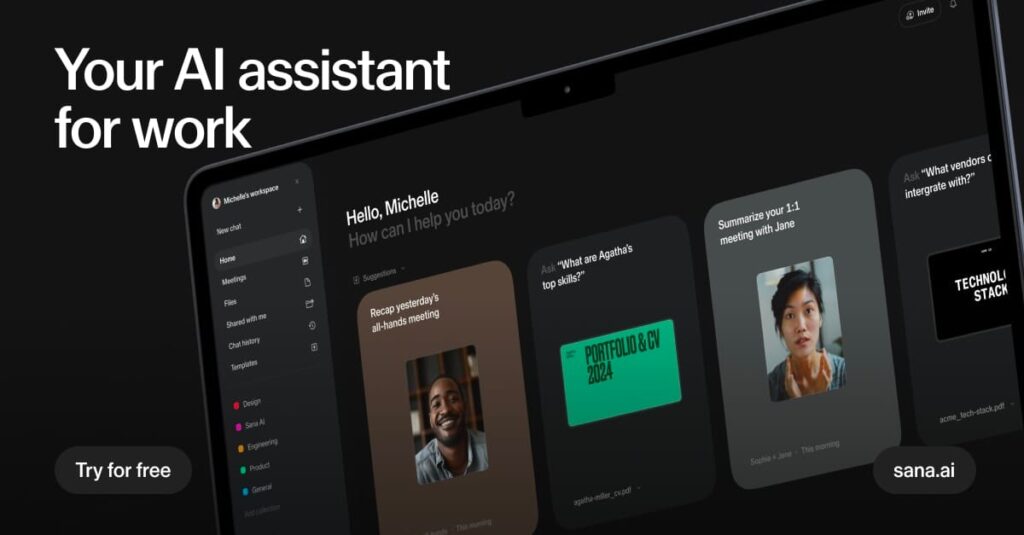Sana AI, a prominent provider of enterprise AI solutions, has recently announced the integration of OpenAI’s latest model, o1, into its testing environment. This development is significant as it brings advanced AI reasoning capabilities to businesses looking to leverage technology for enhanced operational efficiency. The introduction of the o1 model signifies a shift towards AI systems that prioritize in-depth analysis over mere speed, thereby aligning more closely with human cognitive processes.
However, integrating sophisticated AI models into existing systems can introduce a range of challenges. As organizations strive to automate processes and make smarter decisions using AI, they often encounter various issues that can hinder productivity and effectiveness. Common problems include errors in automation, API rate limits, and integration issues. Addressing these challenges promptly is critical for businesses looking to maximize their return on investment in AI technology.
Automation errors can manifest in numerous ways, including unsuccessful task completions and inaccurate data outputs. Such errors can result from several factors, including incorrect configurations or insufficient training data for the AI model. To troubleshoot automation errors effectively, start by reviewing the original task setup. Ensure that the parameters and inputs are correctly configured and that the model has been adequately trained on the relevant datasets. Regularly updating training data is essential to improve the model’s accuracy and reliability.
Another common problem is encountering API rate limits during data retrieval or processing tasks. Almost every API has constraints on the number of requests that can be made over a specific time period. If you hit these limits, the API may temporarily block your requests, leading to disruptions in service. To address this issue, it’s vital to monitor your API usage and spread requests evenly over time. Implementing a back-off strategy can also help by delaying further requests when limits are reached. Additionally, consider reviewing your integration to determine if batching requests could reduce the frequency of calls to the API, thereby avoiding rate limits.
Integration issues often arise when the new AI model is embedded into existing workflows. These problems can stem from incompatibility between software systems, such as differing data formats or unexpected dependencies. A thorough compatibility assessment before integration is essential. This includes evaluating data formats and examining existing workflows to identify potential points of failure. Following a methodical integration approach will also ease debugging. A step-by-step integration plan should involve testing each segment of the process independently before full deployment. By validating each step, you can quickly identify complications that may arise.
The context around these errors is critical. Organizations that do not address these challenges promptly risk falling behind competitors who leverage AI more effectively. Poorly functioning AI applications can lead to costly decisions based on inaccurate data and a waste of resources due to slow responses to market changes. Rapidly diagnosing and rectifying these errors enhances the overall efficiency and capability of the AI system, leading to better service delivery, increased customer satisfaction, and ultimately, a favorable return on investment.
In terms of risk, businesses must be aware of the implications of unresolved errors. From financial losses to reputational damage, the costs associated with AI errors can be steep. The ongoing complexities in a rapidly changing technological landscape can compound these risks, making proactive maintenance vital. Regularly scheduled system audits and performance evaluations can help identify latent error patterns, allowing organizations to fortify their AI implementations against unexpected challenges.
Furthermore, practical advice for troubleshooting includes maintaining clear documentation of all processes, version control of code, and well-defined communication channels among team members. These practices ensure that any problems can be addressed collectively and efficiently, further minimizing downtime and enhancing team collaboration.
In conclusion, the integration of advanced models like OpenAI’s o1 into enterprise settings heralds a new era of AI capabilities. Nevertheless, companies must be vigilant about potential automation errors, API rate limits, and integration issues that could arise. Swiftly identifying and addressing these challenges will not only improve operational outcomes but also reinforce the overall effectiveness of AI applications in enhancing business processes.
FlowMind AI Insight: As companies adopt more advanced AI technologies, maintaining robust error-handling and troubleshooting practices becomes paramount. Developing a proactive approach to debugging can mitigate risks and unlock significant operational efficiencies, enabling organizations to realize the full potential of their AI investments.
Original article: Read here
2024-09-26 07:00:00

